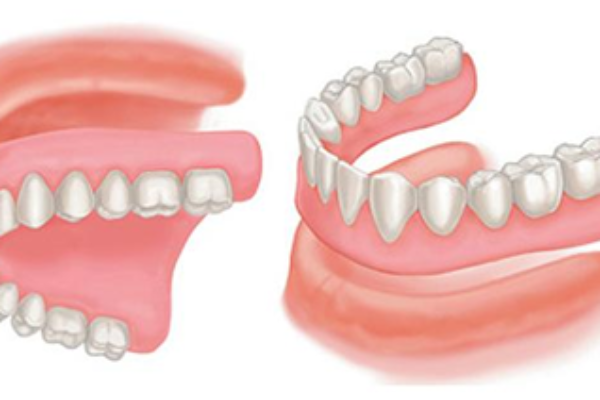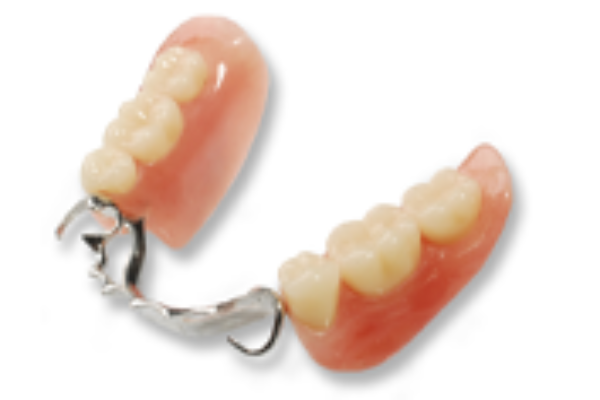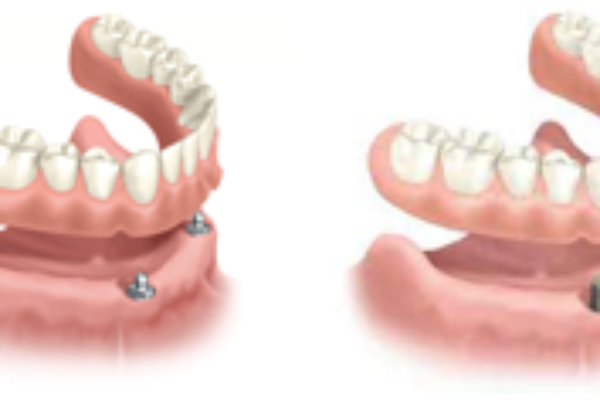A fully prosthetic or denture replaces the natural teeth and molars when these are lost.
A denture is basically floating loosely on the mouth tissue. Because of the saliva the plastic sticks to the tissues. The muscles in your mouth can be of assistance with the retention or grip.
Due to the upswing of implantology is has become easier to create retention, because in this case the denture can be clicked tightly into the jaw using the aid of screws.
At the creating of the denture ready-made teeth and molars are used. However, there are several steps needed into creating each and every denture. Every lower and upper jaw of every single individual is unique in its shape and form and therefore every denture must be custom made.





